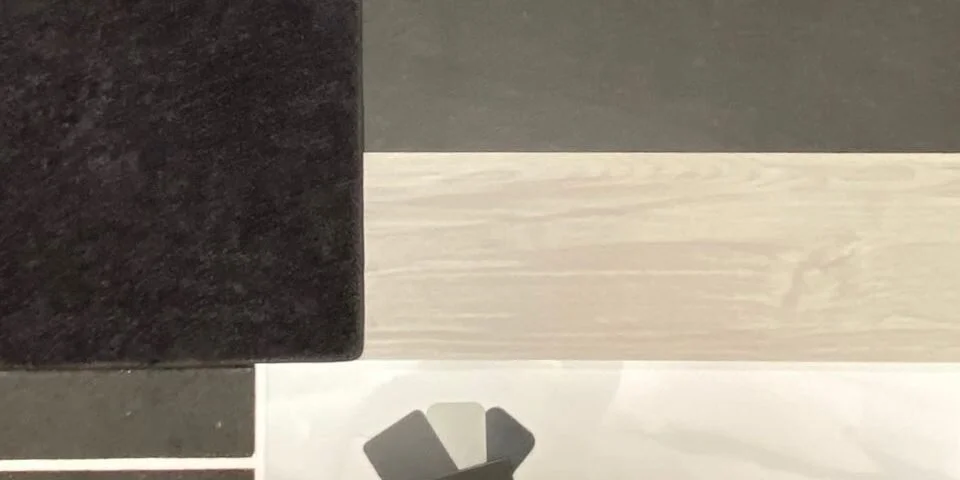HOW TO DESCRIBE YOUR STYLE TO PROFESSIONALS
When you’re preparing to make all of your selections for your new home, communicating your preferences in a clear way can help us understand exactly what you’re looking for and assist you to deliver results you will love.By gathering inspiration and assessing your likes and dislikes, you will be better armed to have those crucial conversations with your builder/designer.
1. Make A Love List & A Not For Me List
You may have already heard that it’s a good idea to gather images and ideas of things you love when you’re preparing to meet with a designer – and we will examine that in more detail next. But have you considered making a list of the things you don’t like? Perhaps surprisingly, those dislikes can be just as important.The best designs come from open communication about likes, dislikes and full understanding of a client’s needs.
Love List Checklist:
Colour palette or combination that appeals to you
A mood or general vibe you want your home to portray
Specific features you want to include
Not For Me Checklist:
Colours or shades you do not like
Motifs or finishes that are not your cup of tea
Pet peeves
Styles you dislike
2. Get Visual
Designers’ work is highly visual, so it makes sense that the best way to communicate your likes and dislikes is through images. This keeps things clear. For instance, if you think of ‘desert style’ as having lots of natural wood and colourful textiles, but your designer is envisioning more of a palm springs mid-century look, conflict is inevitable. But when you can point to a photo and say, “I love this,” or “I really don’t like this look,” you and your designer can quickly get on the same page.
3. Practice Being Picky
When you first start filling your idea book with images, allow yourself free rein to choose as many photos as you want. Have fun with it! But when you’re ready to go back in for a second look, it’s time to get picky. Aim to winnow down each list to the top 10 to 20 best examples. Not only will this give your design professional a more manageable number of images to examine, it will also give you practice making design-related choices. The more you flex that design muscle, the easier it will be to talk about your likes and dislikes.
4. Get Specific
Once you have your two curated Idea books – one of looks you love, and one of looks that are not for you – it’s time to make those lists even more useful. Being able to point to an image you like or dislike is helpful, but confusion and miscommunications can still arise if you don’t specify exactly what it is about the space that you like or don’t like. You might be thinking about the colour palette, but your designer might focus on the furniture style – and they won’t know if you don’t tell them.
5. Trust Your Designer
Finally, remember that although it is important to be able to communicate your preferences to your designer, it’s equally important once you’ve made your initial thoughts and feelings clear to step back and trust your designer to come up with some creative ideas that you would never have thought of on your own. Will they all be ideas or elements you love? Perhaps not, and you can always work to find a solution you love. But then again, you might just surprise yourself by loving something you never thought you would.
The team here at Hurst Homes are with your every step of the way. Our in house selection centre is a one stop shop for choosing everything in your home. With over 30 years building experience you can trust us to help bring your vision to life. Although it may seem daunting we select everything in your home in one consultation, From paint colours to joinery, tiles to bricks. This ensures your home has a cohesive feel from the front right through to the back. To get started on your dream home contact us, Waggas Best Builder, for a free preliminary estimate on your dream home. Call 0438 692 962 today!
For more info and tips from the Houzz experts visit Houzz.com.au

